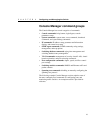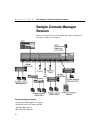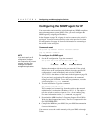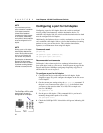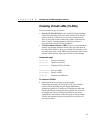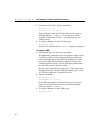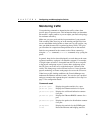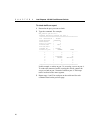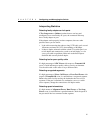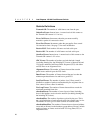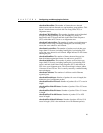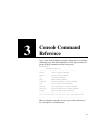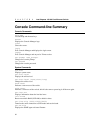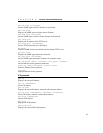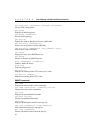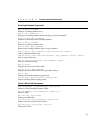
27
Configuring and Managing the Switch
CHAPTER 2
Interpreting Statistics
Detecting faulty adapters or hub ports
If Too Long errors or Jabbers (packets that are too long and
misaligned) occur consistently on a port, the connected node may
have a faulty adapter or port.
If the adapter works properly in other computers, there are other
possible causes you can check:
• Is the cable connecting the node too long? UTP cable can’t exceed
100 meters and must be CAT 5 when running at 100 Mbps.
• Is there a duplex mismatch with the switch? If a switch port is set
to full duplex and connected to a node set to half duplex, or vice
versa, you could see problems. Hubs such as the Intel Express
Stackable hub can only be half duplex.
Detecting bad or poor quality cable
If a high percentage of CRC Errors with respect to Transmit OK
occur, it could indicate poor quality cable or a noisy environment.
Test the cable with a cable tester or try a different cable.
Detecting congested segments
If a high percentage of Exces Coll Errors or Exces Fctrl Errors with
respect to Transmit OK occur, it could indicate a congested segment.
Balance the traffic load by moving the destination devices to local
segments. If the port is attached to a workstation, server, or switch
(not a repeater), change the connection to full duplex mode.
Detecting speed mismatches
If a high amount of Alignment Errors, Runt Errors, or Too Long
Errors occur, it could indicate a speed mismatch. Check the speed of
the port and all devices connected to that segment.



